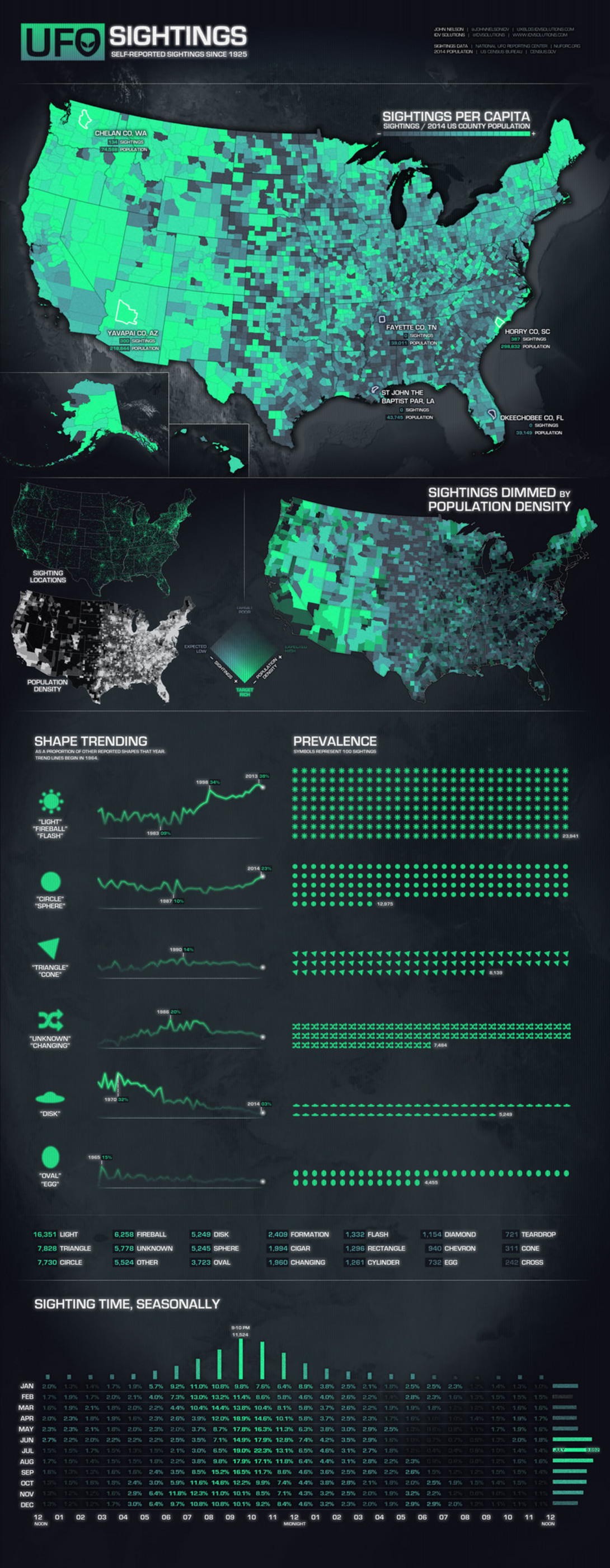If there’s one thing that shows human innovation reached its zenith centuries ago, it’s the sandwich. A perfectly balanced, handheld meal, made with the sheer genius of layering ingredients between two slices of bread. You can have your lab-grown meat and your expensive oat-milk lattes, humanity had it all figured out when someone slapped a piece of roast beef between two slices of bread and called it lunch.
The Early Years
This sandwich timeline tells us our history starts in 1834 with the basic hamburger. Yes, we had the hamburger before TikTok, before smartphones, and before people had the attention span of a goldfish. A simple concept consisting of meat, bread, and a sprinkle of societal progress. And while today’s foodies insist that for a burger to be worthy, it must be slathered in truffle aioli and served on a brioche bun infused with the tears of a French baker, back then, the burger was simply beef and bread. And it was glorious.
The Golden Age of Sandwiches in the 20th Century
America sandwiches start to come into their own. In the 1920s, the BLT makes its impressive entrance, flaunting the unbeatable triumvirate of bacon, lettuce, and tomato. Not long thereafter, in 1923, peanut butter and jelly invade our lunchrooms but don’t limit themselves to jelly. The peanut butter and jelly sandwich is the king of components, in this case, a two-part sandwich component as opposed to the BLT’s three-part component; but it is the king of childhood (and soldier) lunches for a reason. If PB&J sandwiches are good enough to feed our troops, then they are more than adequate fare for the pickiest of your toddlers.
In 1928, the Reuben burst onto the scene, thanks to a New Yorker who thought corned beef, Swiss cheese, sauerkraut, and Russian dressing belonged together and he was right. The next stop on the sandwich battleground is 1929, the year of the Po’ Boy, a working-class hero stuffed with fried seafood or roast beef, that once again proves the point that sandwiches are simply better when you have a fistful of carbs and protein.
The Rise of the Melted Masterpieces
We reach peak comfort food with the grilled cheese in the 1930s, as melted cheese becomes the universal fix for culinary woes. The 1940s bring us not one but two insane hot cheese and meat sandwiches, the cheesesteak in 1948 and the Monte Cristo in 1949, a powder-sugar-dusted, deep-fried delight. Is this the real reason the 1950s are seen as a decade of excess?
The PB&J Crust Debate
Today, people argue more about gluten than they do about actually eating. But even in this era of kale and quinoa, the sandwich is still king. Peanut butter and jelly remains our nation’s favorite, proving that sometimes, the simplest things in life are the best.
Peanut butter is another matter. An alleged 56% of the people living in this country prefer smooth peanut butter while 44% opt for the chunk. Personally, I like them both, but these numbers have me a bit worried. They are almost too close to an even split, and to my mind, that makes the smooth versus chunk fight just as likely to erupt at Thanksgiving as the one over which side of the family we should be on. And what about jelly? Strawberry wins that contest hands-down at a staggering 48%. Grape is respectable at 27%. But cherry jelly barely scrapes by at 6%.
The Bottom Line
The ultimate proof that humans can still make smart, efficient choices is sandwiches. Grilled cheese, for instance. Forget about reinventing the wheel: Hand me a grilled cheese, and let’s call it progress. If only the rest of life were this simple.








